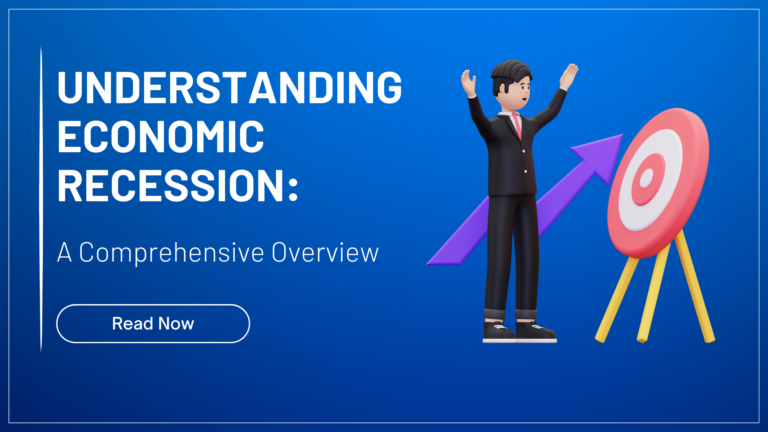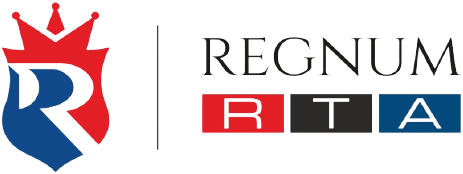
Understanding Economic Recession: A Comprehensive Overview
Introduction:
In the realm of economics, the term “recession” carries significant weight and can have far-reaching implications. It refers to a period of economic decline characterized by a contraction in economic activity, leading to reduced production, income, employment, and overall economic hardship. In this blog post, we will delve into the concept of a recession, exploring its causes, impacts, and possible measures to mitigate its effects.
Defining a Recession:
A recession is commonly defined as a sustained period of at least two consecutive quarters (six months) during which a country’s gross domestic product (GDP) experiences negative growth. However, it is essential to consider multiple indicators, such as employment rates, consumer spending, and business investments, to assess the overall health of the economy accurately.
Causes of a Recession:
Recessions can have various triggers, including:
1. Financial Crises: Significant disruptions in the financial sector, such as the bursting of an asset bubble or a banking crisis, can initiate a recessionary phase.
2. Tight Monetary Policy: When central banks raise interest rates to control inflation, it can limit borrowing and spending, thereby dampening economic growth.
3. Decreased Consumer Spending: A decline in consumer confidence, often driven by factors like high unemployment, reduced wages, or economic uncertainty, can lead to reduced spending and a subsequent decline in economic activity.
4. Global Economic Factors: Recessions can be influenced by international events, such as a global financial crisis, trade disputes, or economic downturns in major economies.
Impacts of a Recession:
Recessions can have profound effects on individuals, businesses, and the overall economy. Some notable impacts include:
1. Rising Unemployment: Businesses facing reduced demand often resort to layoffs, resulting in increased unemployment rates and decreased income levels.
2. Reduced Consumer and Business Spending: Consumers tend to curtail discretionary spending, while businesses cut back on investments, exacerbating the economic downturn.
3. Declining Asset Values: Recessions can lead to a decrease in the value of assets, including real estate, stocks, and bonds, eroding personal wealth.
4. Government Revenue Shortfalls: With declining economic activity, governments often experience reduced tax revenues, making it challenging to fund public services and infrastructure projects.
Mitigating Recessionary Effects:
Governments and central banks employ various strategies to counteract the negative impacts of recessions:
1. Expansionary Monetary Policy: Central banks can lower interest rates, making borrowing more affordable, encouraging consumer spending and business investments.
2. Fiscal Stimulus: Governments can increase public spending and implement tax cuts to stimulate demand and support economic growth.
3. Employment Programs: Initiatives such as job training programs, infrastructure development, and support for small businesses can help create new employment opportunities.
4. International Cooperation: Collaboration among nations through policies like trade agreements and coordinated monetary measures can alleviate the severity of recessions.
Conclusion:
Recessions are an inherent part of the economic cycle and can significantly impact individuals, businesses, and nations. Understanding the causes and consequences of recessions empowers policymakers and economists to implement effective measures to mitigate their effects. By employing prudent fiscal and monetary policies, fostering employment opportunities, and promoting international cooperation, societies can weather the storm of a recession and strive for sustainable economic growth.
